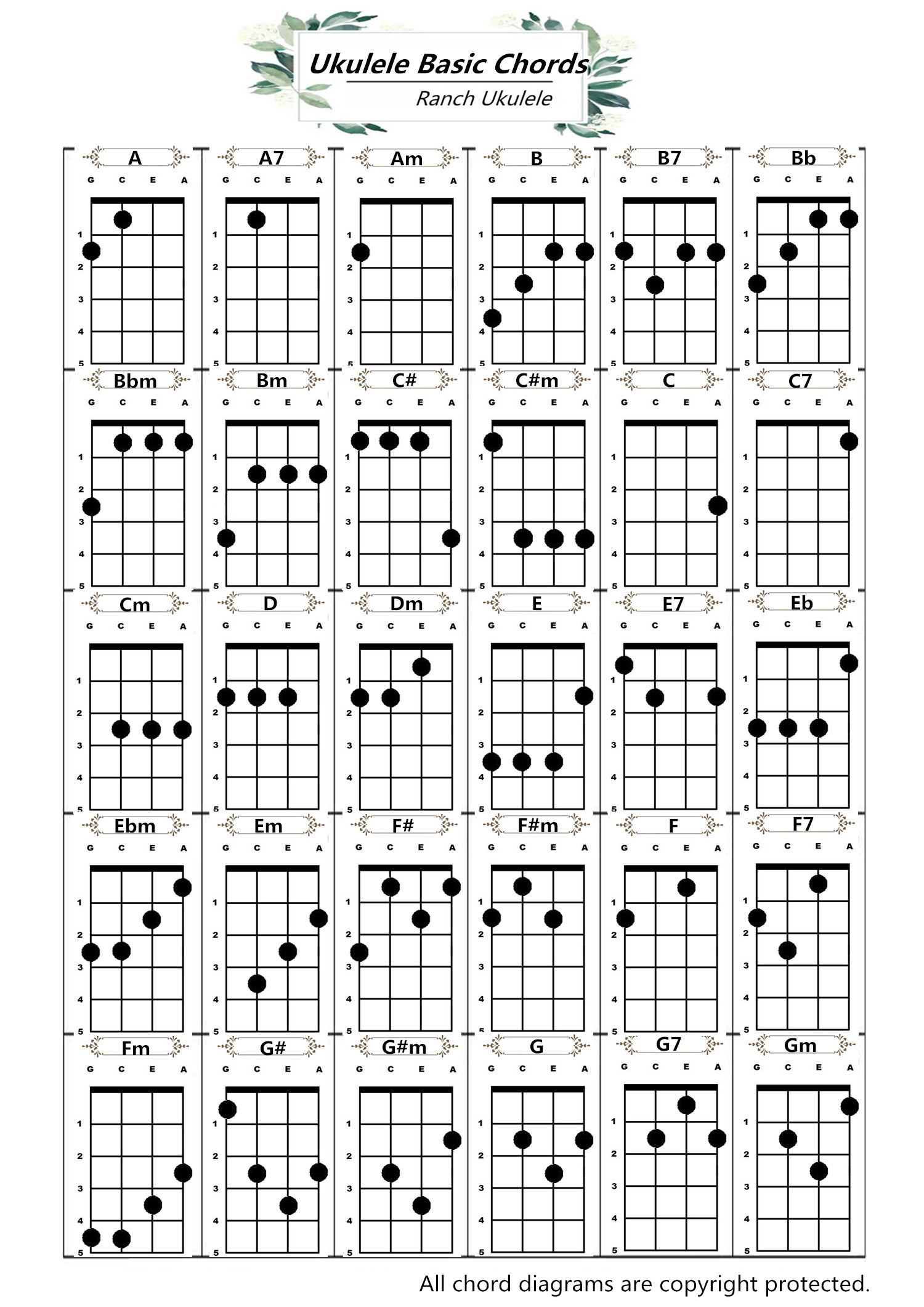Ukulele Tab: Learn Perform Happy Birthday To You
Ukulele Tab: Learn Perform Happy Birthday To You
Blog Article

The internet has evolved from a cyber-wonderland to an anarchistic, and treacherous, landscape where the least scrupulous amongst us are engaged in a vicious free-for-all. The Latin expression "Caveat Emptor" (let the buyer beware) is at the height of its meaning there, and no real relief seems to be coming any time soon.
M: Muddy Movements: It's easy to just walk across a room. How would you move if the ground was covered with thick, wet mud? What if you had to walk through Jell-O? Try moving through a room of pretend peanut butter. Now move as if you had glowing lava under Ukulele for sale in uk your feet!
The soprano is the traditional size of ukulele. It has the sound associated with the ukulele. This is very important for people who want that Hawaiian sound when they play.
Second, the Low G tuning, which is over time becoming a very popular approach to tune the tenor ukulele, possibly as it more closely resembles a guitar. I prefer to tune mine using this method for solo performing, since you are able to create a bass accompaniment. To implement this tuning, just simply go through the above process, with the exception that the G string has to be tuned lower than the C string.
The A7 chord is another standard Ukulele chord that can be played using just one finger. You need to place your index finger (or pointer if you prefer) on the first fret of the C string (the second string down). The A7 chord makes for a great substitute for the A chord in songs that are in the key of D.
The standard tuning for soprano, concert and tenor Ukulele for sale is C tuning which means the four strings will be associated with the pitch of G C E A. The 4th string is G, 3rd string is C, the 2nd string is E, the 1st string is A. That is when you strike the open string it sounds those notes. The G is tuned to the G above middle C on the piano, an octave higher than you might think. The baritone ukulele ukuleles is tuned to D G B E with the sound going from low to high.
Pluck each string on the ukulele in turn. Doing it this way will mean you can hear which strings are ringing clearly and which are muted. This is a tricky technique to get right, so take some time to make sure you have got the hang of it.
This means that the first string is tuned to an A, the second string to an E, the third string to C and the fourth string to G. All of these notes are on the middle octave of a piano if you happen to have one around. Report this page